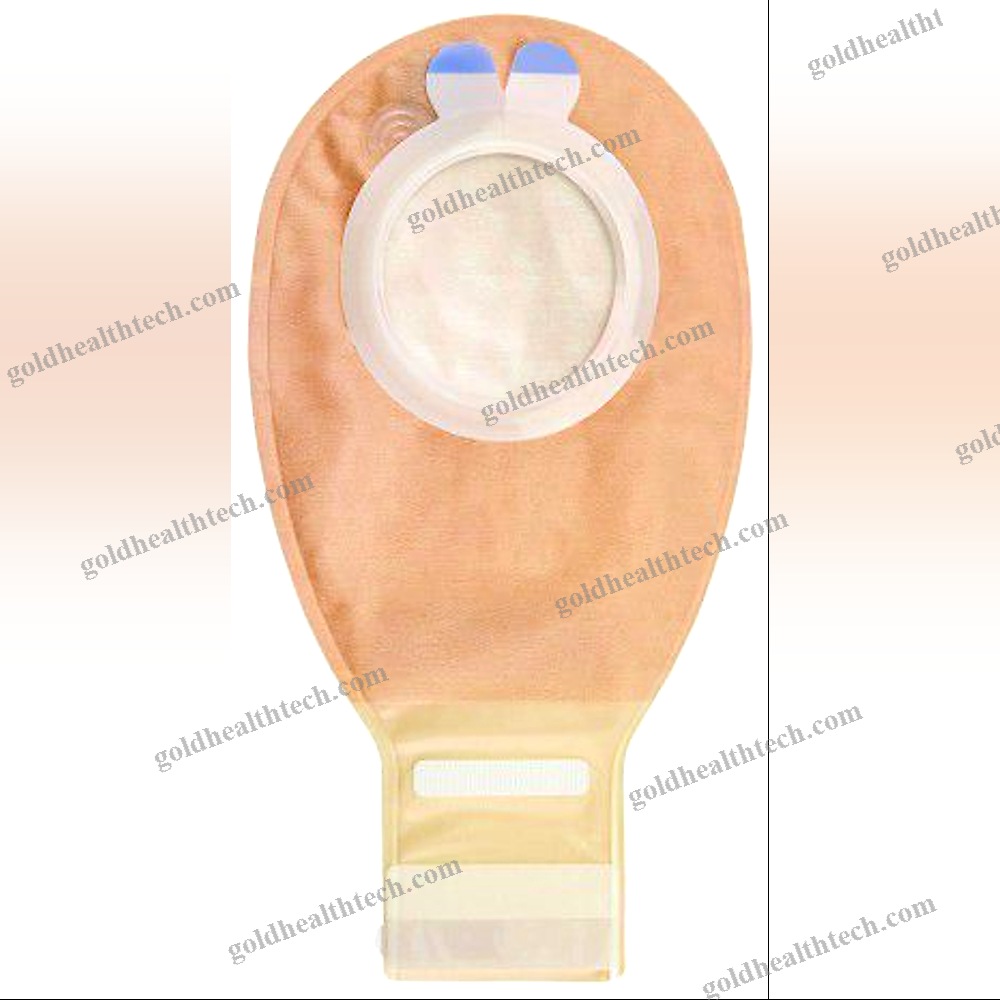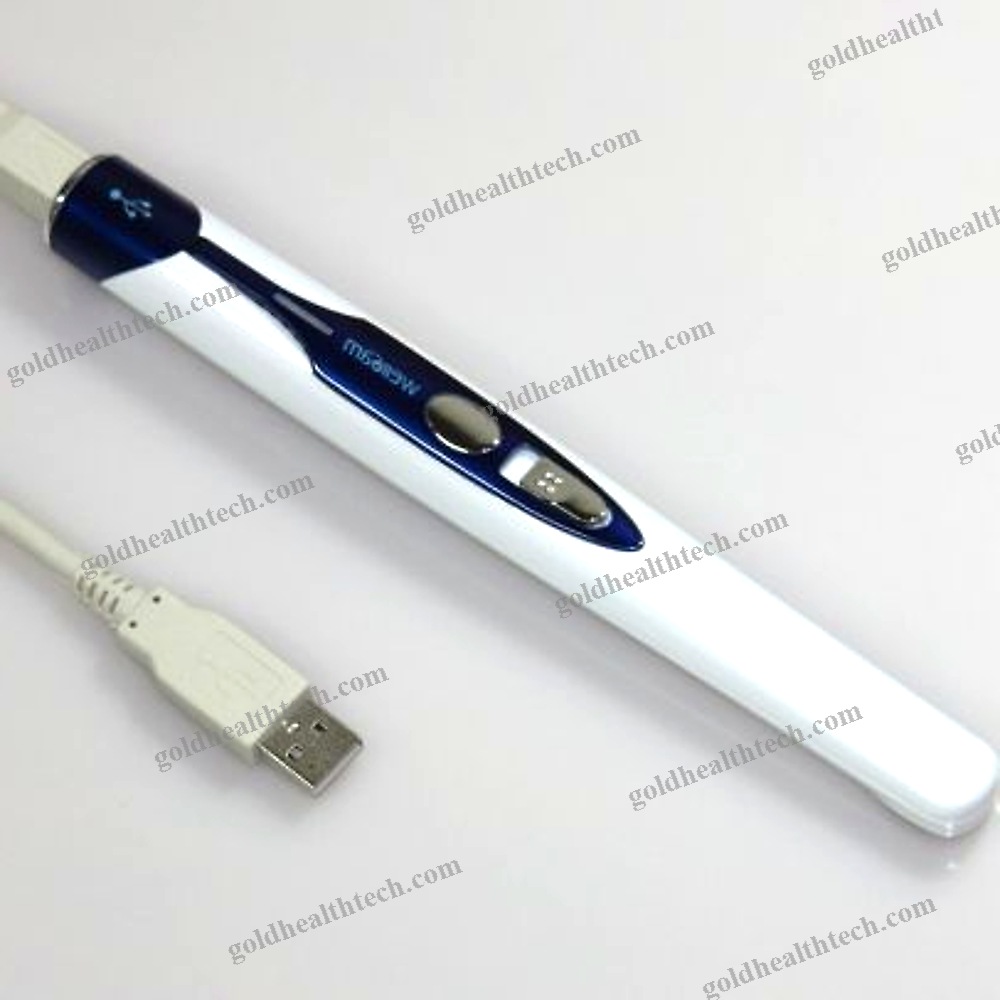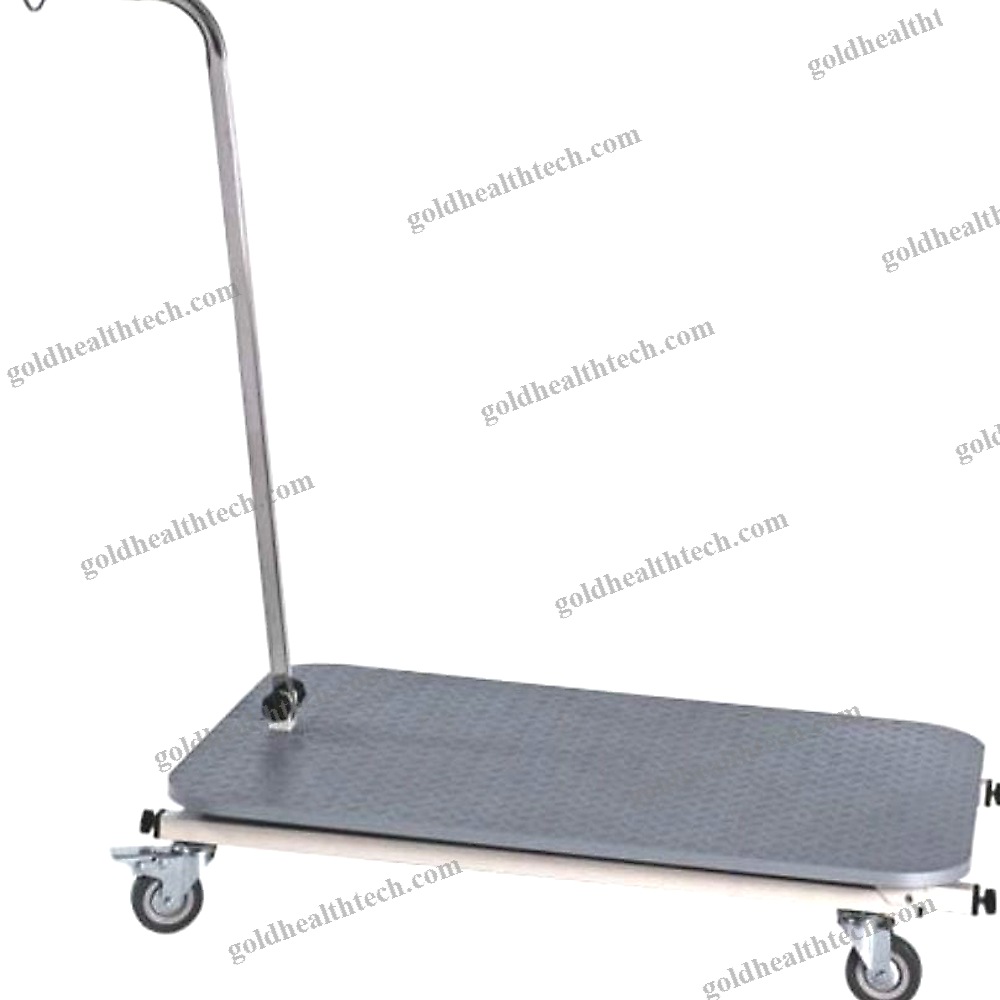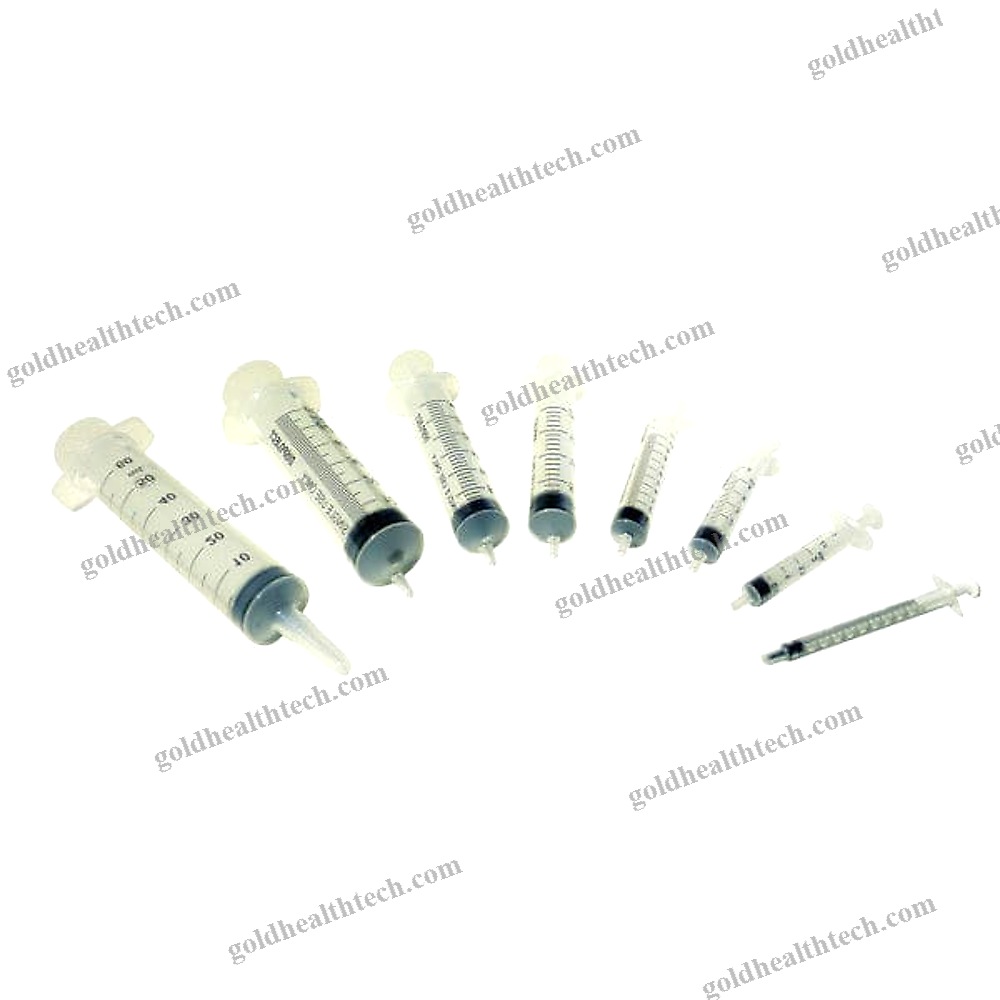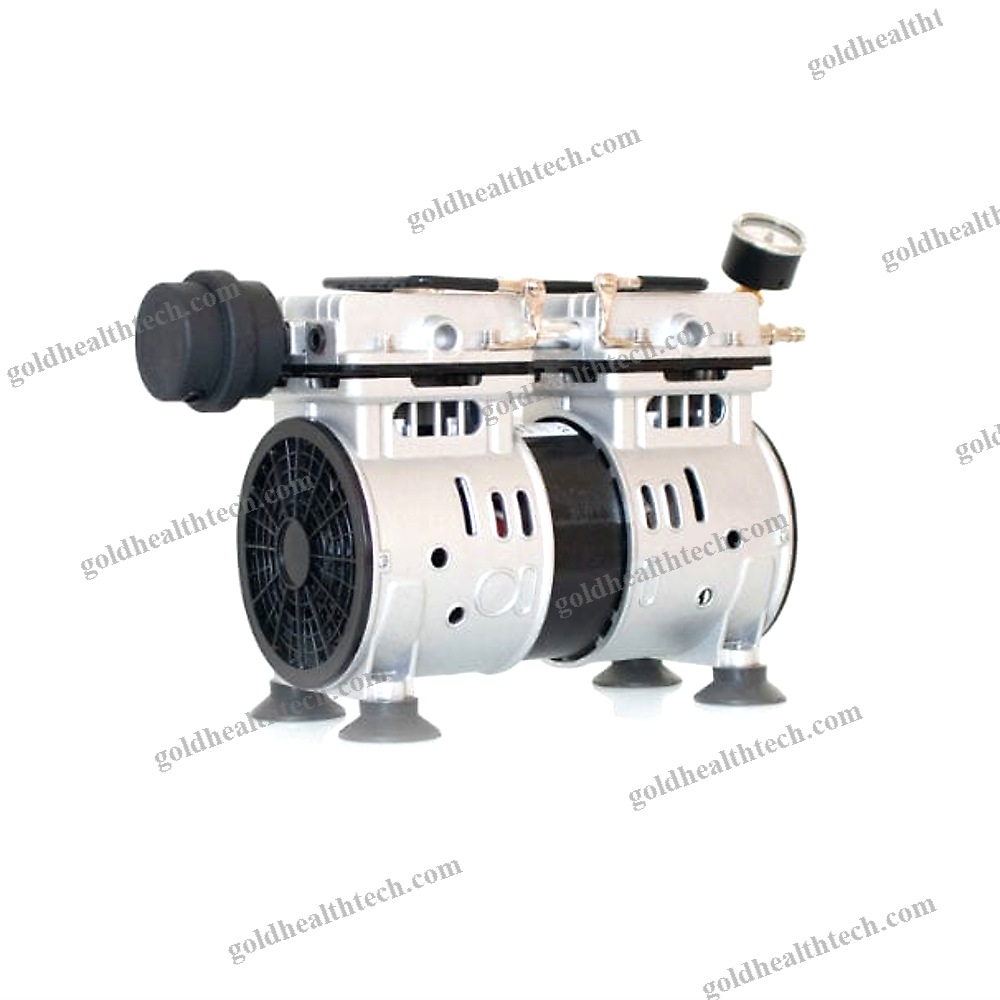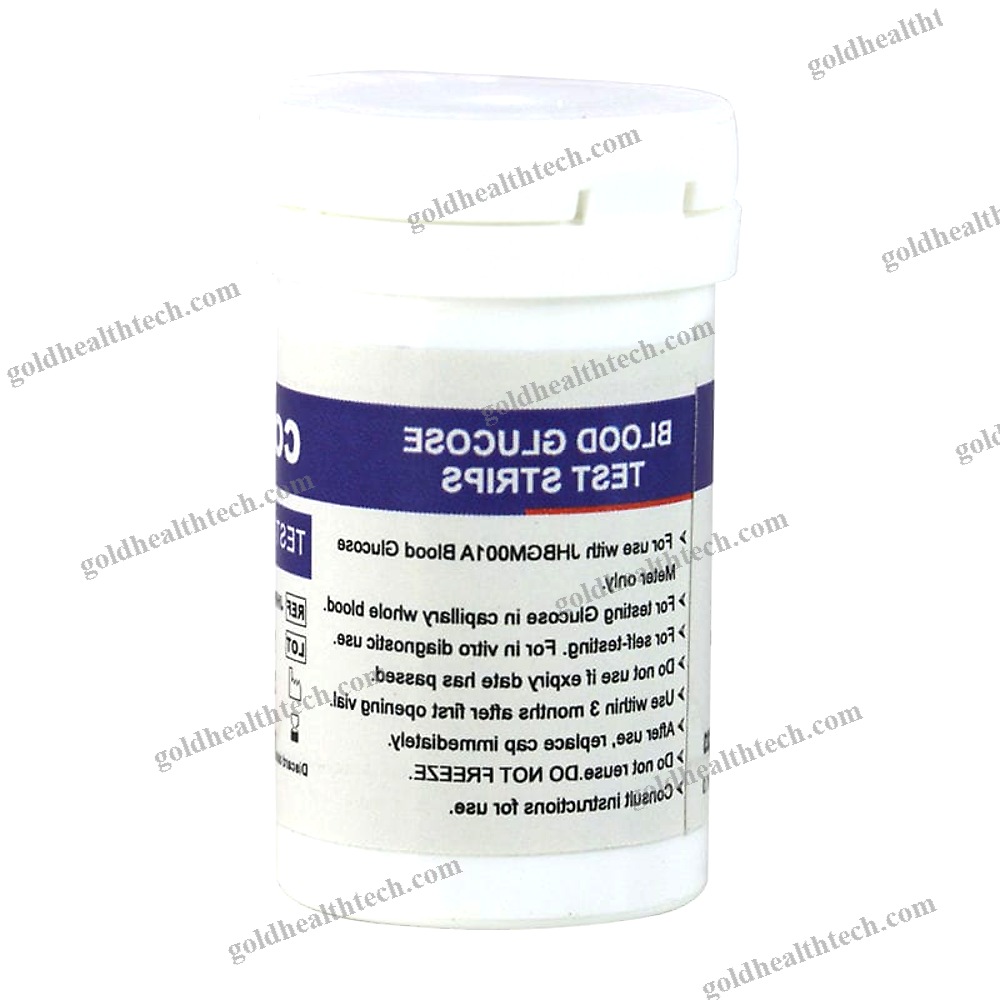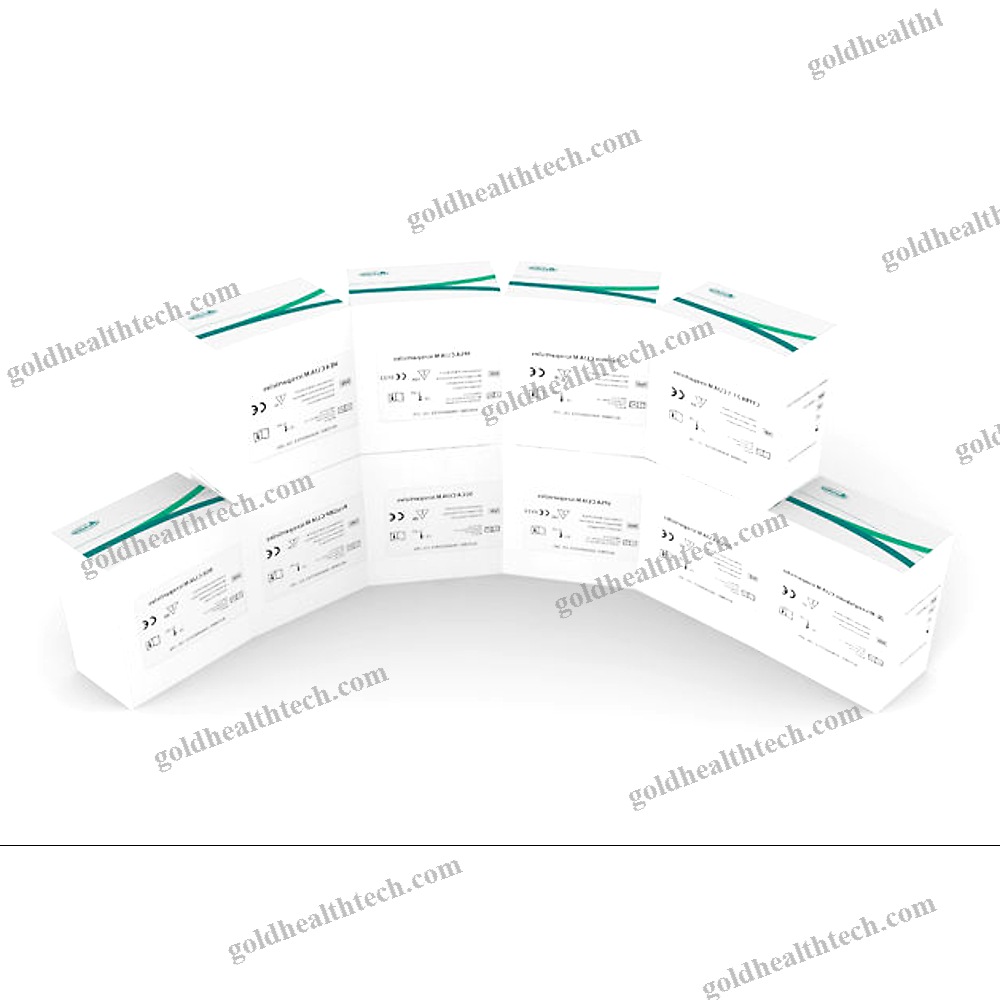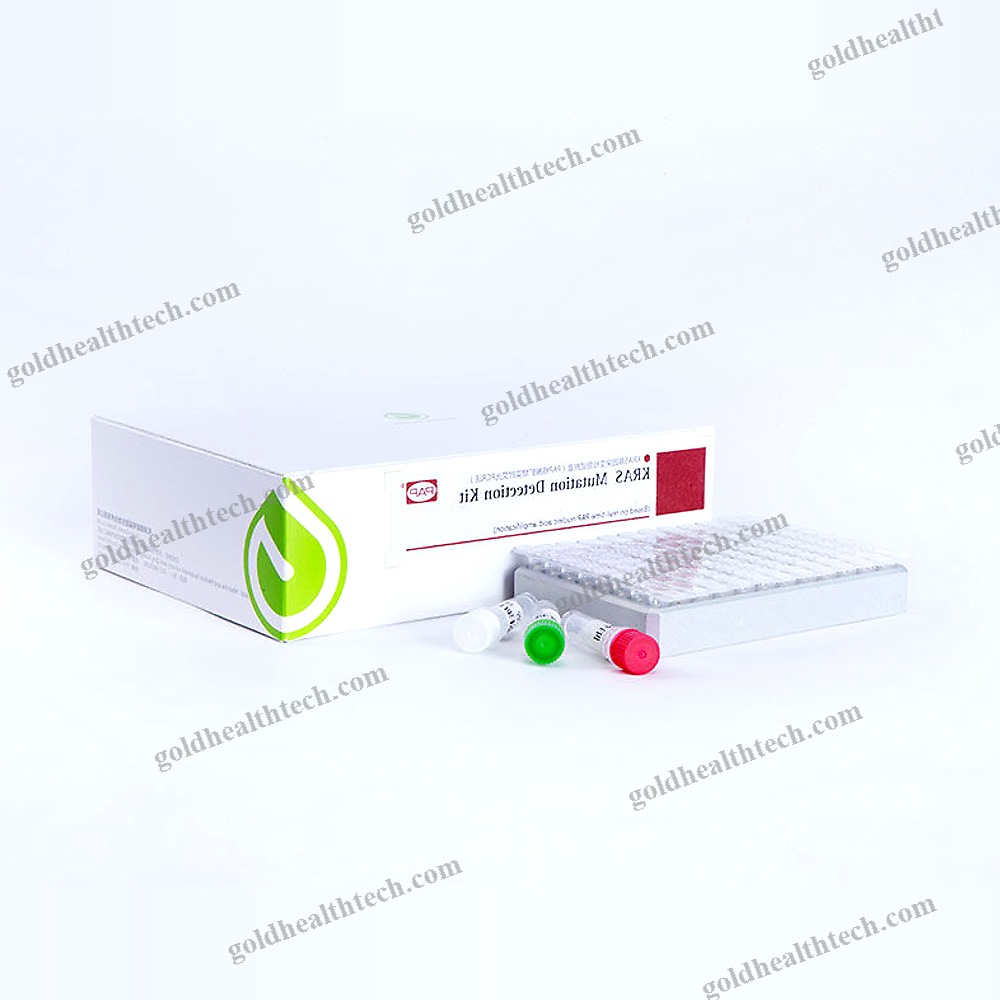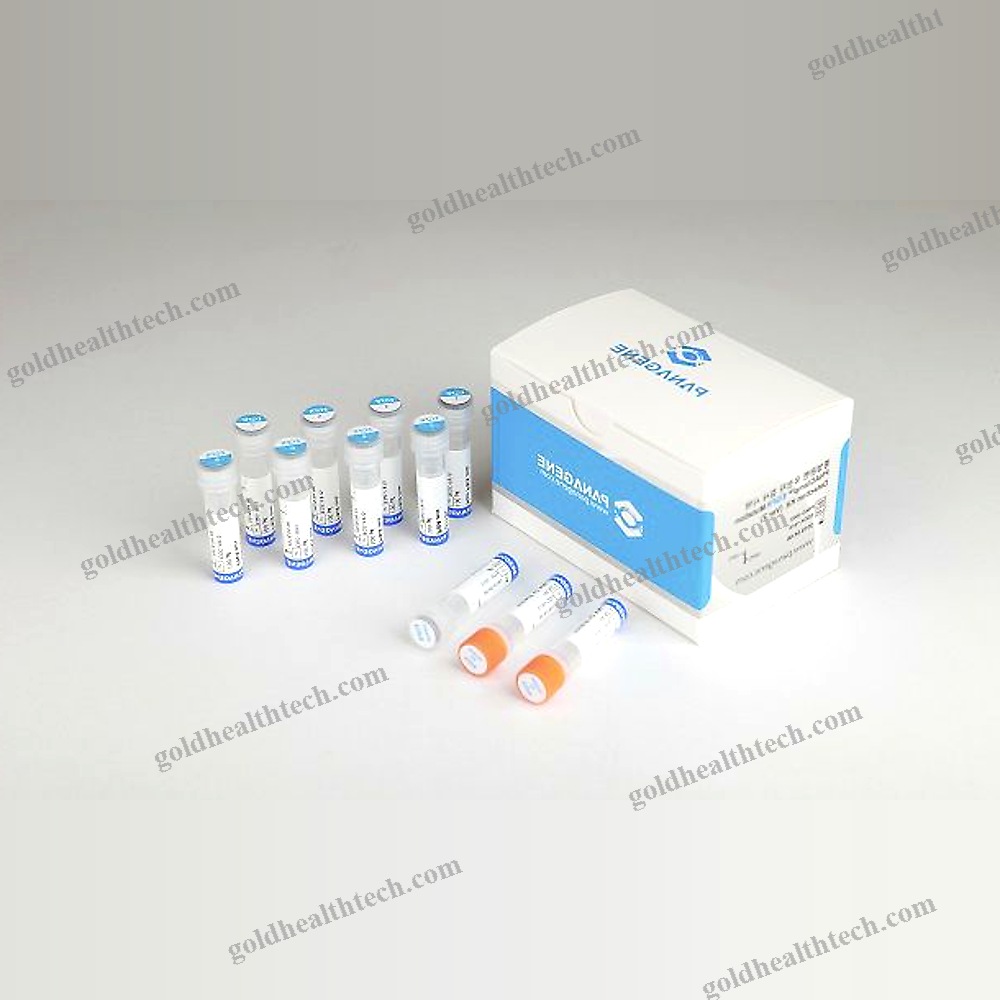Optical Microscope
| Type | Optical |
| Microscope Head | Binocular |
| Applications | Laboratory, For Research, Medical, Veterinary Laboratory |
| Configuration | Compact |
| Light Source | Halogen |
The operation microscope is a compact and lightweight microscope that is suitable for mobile medical use. It is a single-person binocular coaxial lighting microscope that is highly flexible and can meet the requirements of general ophthalmic microsurgery.input:
output:Characteristics:◆ The lens utilizes multi-layer coating technology to prevent mildew and improve transmittance.
◆ The requirements of cataract surgery can be satisfied by the triple shift, good depth of field, binocular fusion, and foot control and focusing.
◆ The operator’s field of vision is enhanced by the use of intricate achromatic technology, which narrows the focus of various wavelengths of light behind the lens.
◆ The machine is particularly well-suited for mobile medical treatment, as it is lightweight and compact, weighing only 41KG.
◆ The machine is more portable due to the availability of optional desktop components; Additionally, it may be tailored to accommodate the requirements of ophthalmology and other surgical specialties.◆ Optional F250/F300/F400 objective.input:
output:Details:12.5x eyepiece multiplier
The objective’s focal length is 200 mm.
Working distance: 190 millimeters
Main mirror magnification: 5.3X, 8X, and 12X
Visual field (mm): 38 mm, 25 mm, 7 mmVisual adjustment range: ±6 DThe pupil distance adjustment range is 50 mm to 80 mm.The arm’s maximum stretching radius is 870mm.Net weight: 41 kilograms
Common Shipping and Delivery Considerations
- Packaging:
Medical devices need secure packaging to avoid damage during transit, including shock-absorbing materials or custom foam inserts. - Compliance with Regulations:
Ensure compliance with local and international standards (e.g., FDA, CE) and shipping regulations like Good Distribution Practice (GDP). - Temperature Control:
Some devices require temperature-controlled shipping (e.g., refrigerated trucks or special packaging) to maintain product integrity. - Tracking and Documentation:
Shipments should be tracked with necessary documents like invoices, certificates, and import/export paperwork. - Lead Time:
Plan ahead for lead times, which can vary depending on the equipment size and delivery location. - Insurance: Due to the high value of medical equipment, consider insurance to protect against loss or damage during transit.
- Customs and Import Regulations: Account for customs procedures and tariffs when shipping internationally, ensuring proper documentation.
- Special Handling:
Fragile or hazardous medical devices may require special handling, with clear labeling to ensure proper care. - Delivery Method:
Choose the appropriate shipping method (air, sea, or ground) depending on the equipment’s size, value, and urgency. - Returns and Reverse Logistics:
Have a clear process in place for returns, repairs, and warranty claims if necessary.
